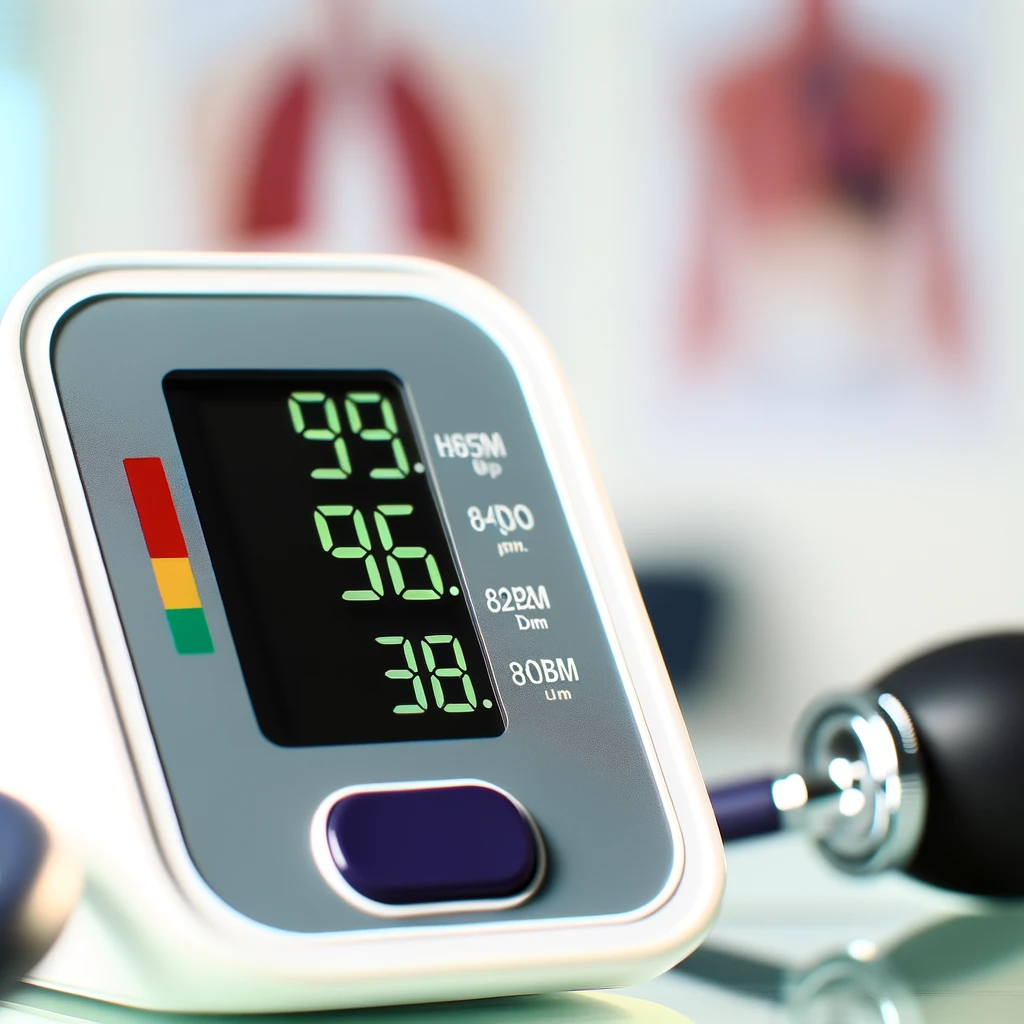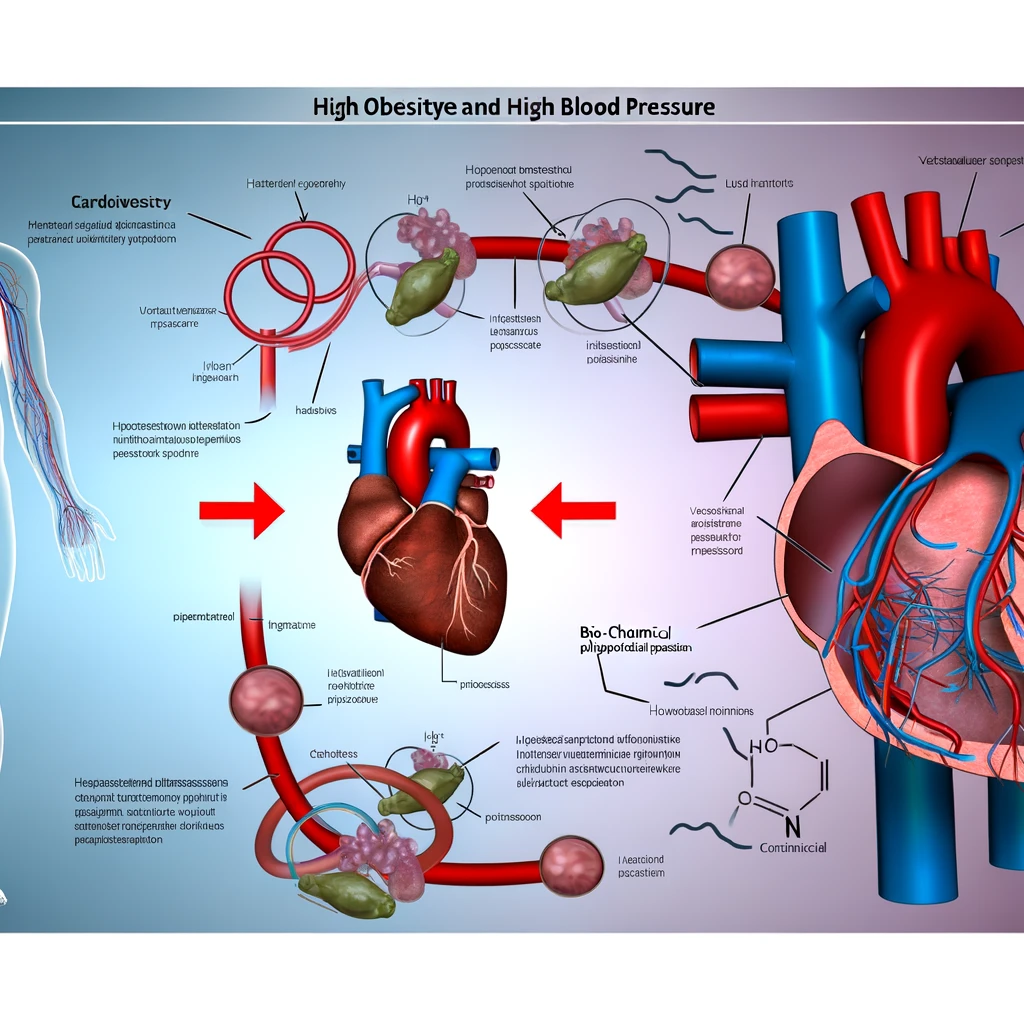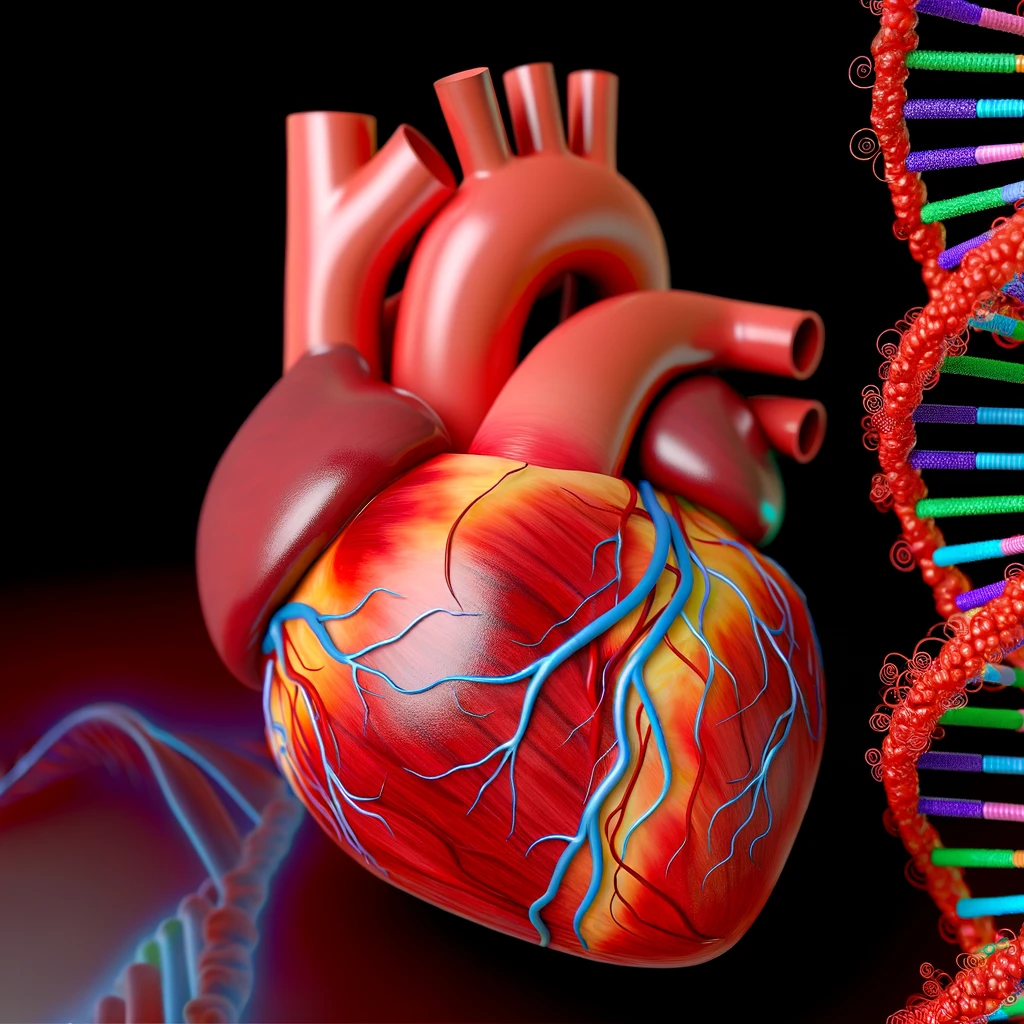
The Impact of Exercise on Heart Rate and Blood Pressure
Regular physical activity is a cornerstone of a healthy lifestyle, offering numerous benefits, particularly concerning cardiovascular health. Understanding how exercise influences heart rate and blood pressure can empower individuals to optimize their fitness regimen effectively.
How Exercise Affects Heart Rate
Heart rate, or the number of times your heart beats per minute, is a critical measure of cardiovascular fitness. During exercise, heart rate increases to supply muscles with more oxygen-rich blood. The degree of increase in heart rate depends on the exercise's intensity, duration, and an individual's fitness level.
Resting Heart Rate
Your resting heart rate is a measure of heartbeats per minute when at rest. A lower resting heart rate typically indicates more efficient heart function and better cardiovascular fitness. Regular exercise can lead to a lower resting heart rate over time, as the heart becomes more adept at pumping blood.
Exercise-Induced Heart Rate
During physical activity, the heart rate rises to meet the body's increased demand for oxygen. The maximum heart rate is often calculated using the formula: 220 minus your age. Monitoring your heart rate during exercise can help ensure you're working within your target heart rate zone, which optimizes cardiovascular benefits and minimizes injury risk.
The Impact of Exercise on Blood Pressure
Blood pressure refers to the force of blood against the walls of the arteries. Exercise plays a vital role in managing blood pressure, both acutely and in the long term.
Immediate Effects of Exercise
During physical activity, systolic blood pressure (the top number) typically rises due to the increased demand for blood flow. However, diastolic pressure (the bottom number) remains largely unchanged, or may slightly decrease, as blood vessels dilate to accommodate the increased flow.
Long-Term Effects of Regular Exercise
Regular aerobic exercise can lead to improved blood pressure levels by promoting better blood vessel flexibility and heart efficiency. Over time, this can result in lower resting blood pressure, reducing the risk of hypertension and associated health issues.
Types of Exercise and Their Impact
Different types of exercises affect heart rate and blood pressure in various ways. Understanding these effects can help tailor an effective workout plan.
Aerobic Exercise
Activities such as walking, running, and cycling primarily improve cardiovascular fitness and are effective in lowering blood pressure. These exercises increase heart rate and help maintain healthy blood vessels.
Strength Training
While strength training temporarily increases blood pressure, regular sessions can improve overall cardiovascular health by helping reduce body fat and improving muscle strength. This type of exercise complements aerobic activities for a balanced fitness program.
Conclusion
Incorporating regular physical activity into your lifestyle is essential for maintaining optimal heart rate and blood pressure. By understanding how different exercises affect these vital signs, individuals can tailor their fitness routines to maximize cardiovascular health benefits.
Related Articles




